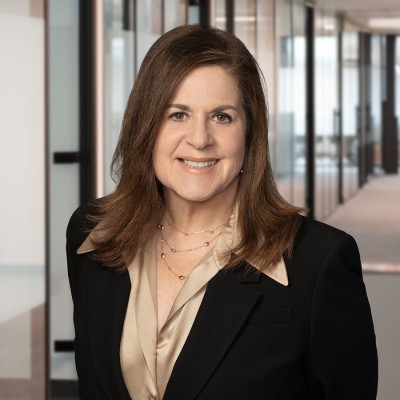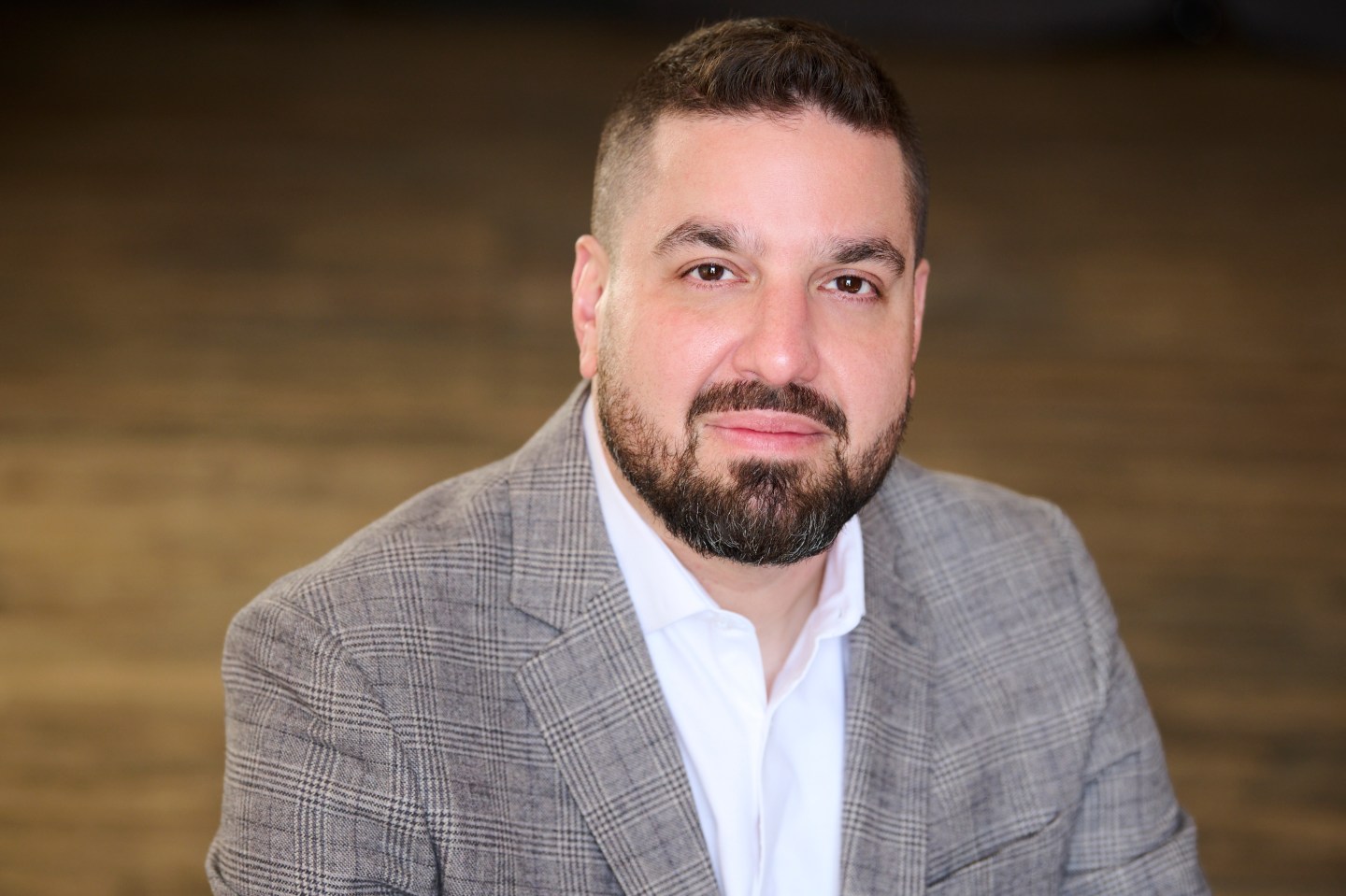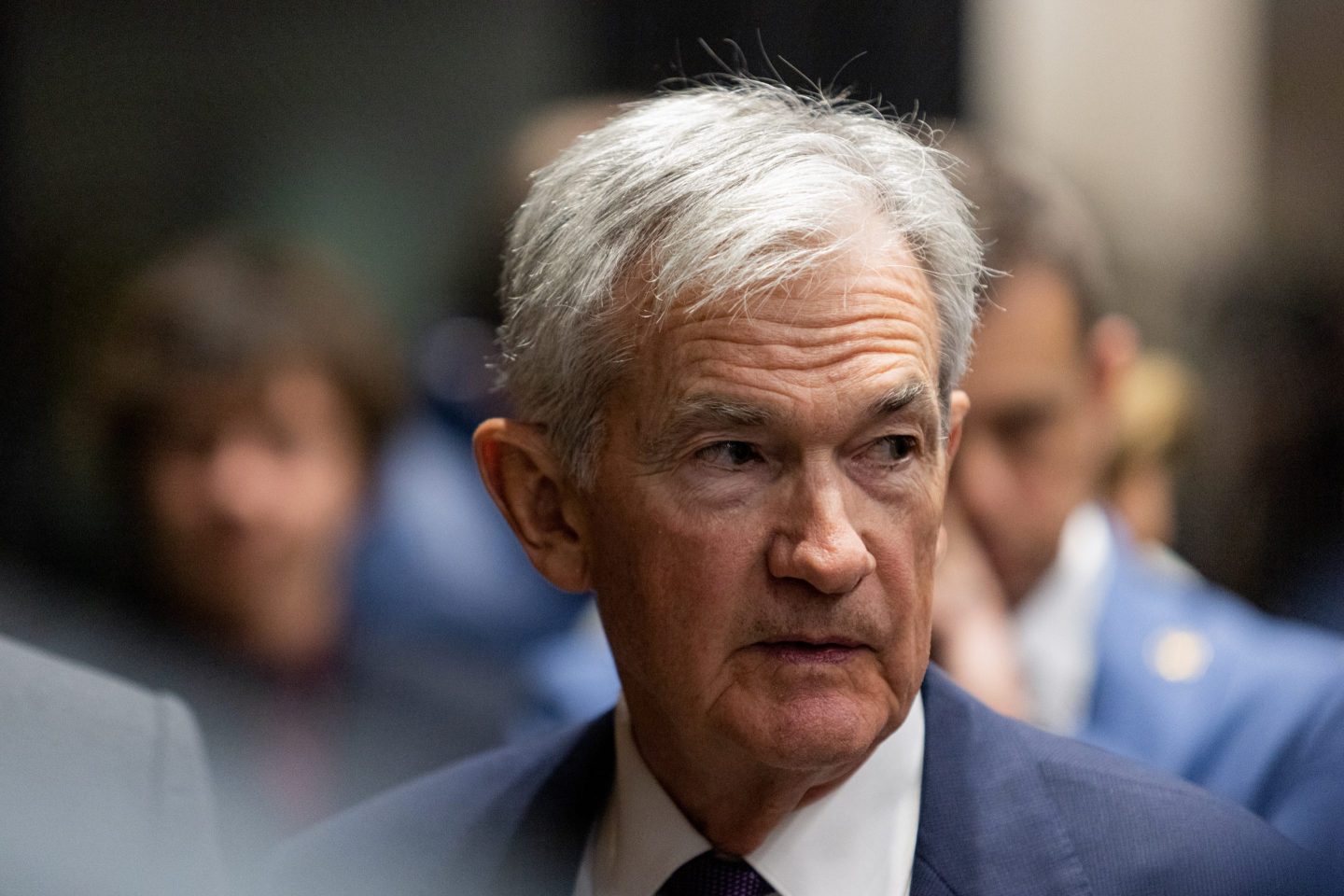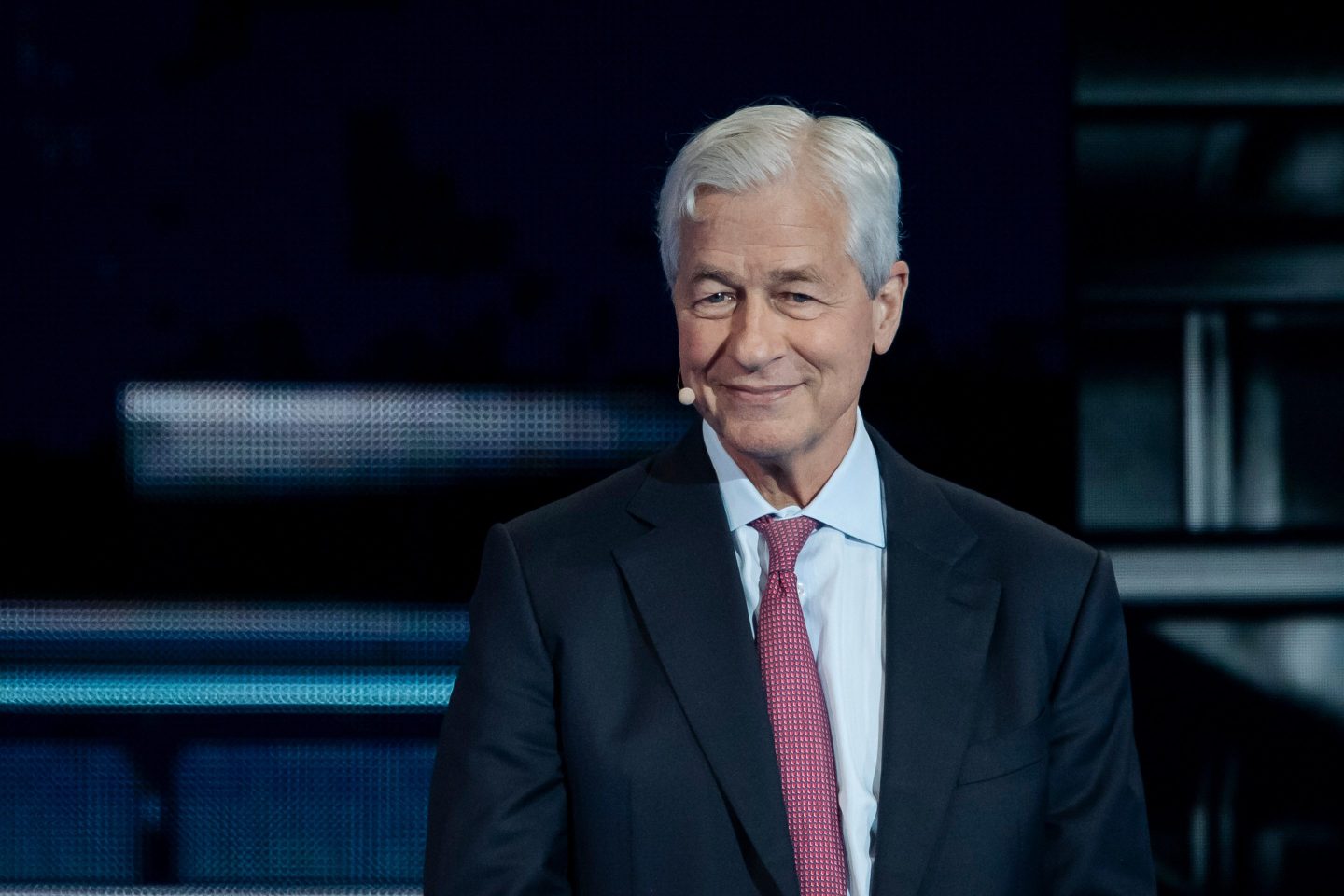Every generation wants to feel heard at work. But many members of Gen Z believe that sense of voice seems is slipping away. Soon to be the largest generation in the job market, many Gen Z workers — ages 18-28 currently — say their opinions carry little weight where it matters most. And the trend is not improving.
Recent Fortune coverage of Gen Z’s misery paints a stark picture. Employees report some of the lowest levels of influence over their pay, working conditions, and important workplace decisions. These “voice gaps” span every industry, leaving the newest generation of American workers feeling unheard in the places that depend most on their ideas and energy.
The findings are deeply disconcerting. Many of these young workers describe a workplace where advancement is uncertain, loyalty rarely pays off, and burnout is standard.
It isn’t surprising, then, that Gallup reported earlier this year that worker engagement, the involvement and enthusiasm employees feel toward their work and workplace, across the country has fallen to its lowest point in nearly a decade, with Gen Z workers experiencing the sharpest decline. Helping these workers find purpose in their work is not just good for morale, it is essential for the future of the American economy.
For thousands of companies, and potentially tens of thousands more, employee ownership can be an effective way to address this issue. By giving workers an ownership stake in their companies, employee stock ownership plans (ESOPs) give employees an ownership interest in their company that builds throughout their careers, creating a financial stake for them in the long-term success of the business. The idea echoes a growing sentiment from people like Mark Cuban and KKR’s Peter Stavros, who have said that employees deserve a piece of the value they create, and that this alignment between workers and their companies is great for business too.
Give employees a stake in what they build, and everything changes. They care more, stay longer, and work harder because the company’s success is their own.
The numbers speak for themselves. Employee-owners are far more likely to feel valued at work, and that sense of recognition makes a significant difference in the workforce. The median employee tenure at employee-owned companies is about 50 percent higher than at traditional firms, reflecting the loyalty that ownership inspires.
For younger workers, the difference is even more striking. Surveys of millennial and Gen Z employee-owners found that they are significantly more likely to feel engaged in their work, believe their opinions matter, and see opportunities to grow in their careers. In other words, the same generation that national surveys describe as disconnected is thriving in workplaces where ownership gives them a voice and a vested interest in success.
If this model delivers such clear results, the question becomes why there are not more companies doing it.
Awareness remains the biggest barrier. Workers rarely hear about it, and business owners often lack the tools to pursue it. That gap has kept one of the most effective models for engagement and success from reaching its potential.
That may change. In Congress, a growing number of lawmakers from both parties have recognized the promise of employee ownership and are working to make it more accessible.
Bipartisan legislation in the House and Senate would make it easier for private businesses to adopt an ESOP model – something that is particularly exciting for the growing ranks of exiting baby boomer entrepreneurs.
And while Gen Z workers aren’t necessarily big fans of their Baby Boomer counterparts, this is a way to bridge generations and create a win-win for both companies and their young workers. Employee ownership offers a way give all workers a voice in the places where they spend most of their time, and a financial stake to see how their contributions matter. If the next generation is to learn to trust the idea that work can lead to stability and purpose, they need more than a paycheck. They need ownership.
The opinions expressed in Fortune.com commentary pieces are solely the views of their authors and do not necessarily reflect the opinions and beliefs of Fortune.











